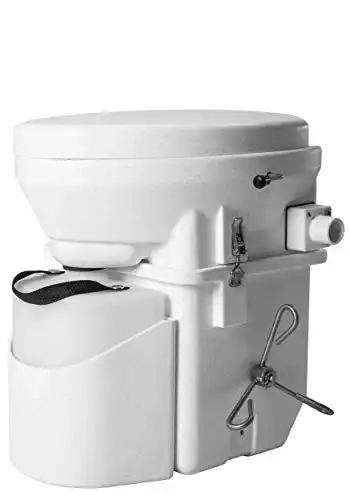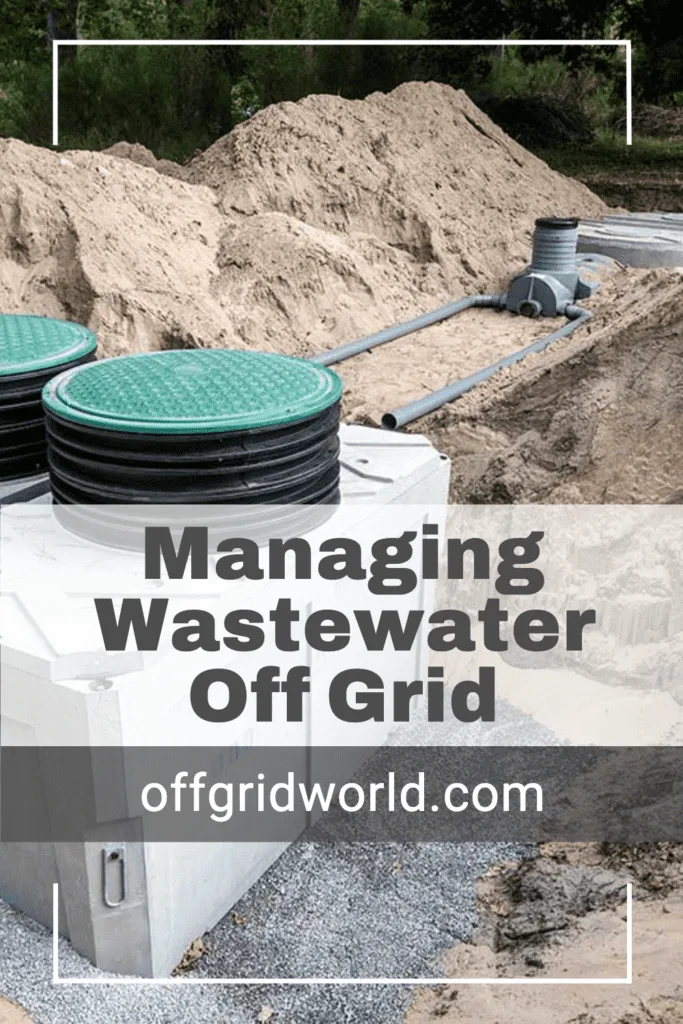One of the first things to consider when planning to live off grid is managing waste. While it might not be the most glamorous topic, proper wastewater treatment is an essential component of any off grid lifestyle.
Some of the basics of off grid wastewater management include greywater, blackwater, septic systems, sewage treatment plants, and composting toilets. Understanding these fundamentals will save you time and money as you embark on your off grid homesteading dream.
Off Grid Wastewater Management
When you live off the grid, you are disconnected from the city sewage systems that move human waste through a network of pipes to a treatment plant. Everything you flush down the toilet and wash down your drains on your homestead stays on your property and has to be dealt with by you.
Off grid wastewater management involves systems that store, treat, and reuse water and waste from your home. While this might sound daunting, there are several relatively simple ways to safely and effectively manage waste. Before getting into those, it is essential to understand the types of wastewater households produce.
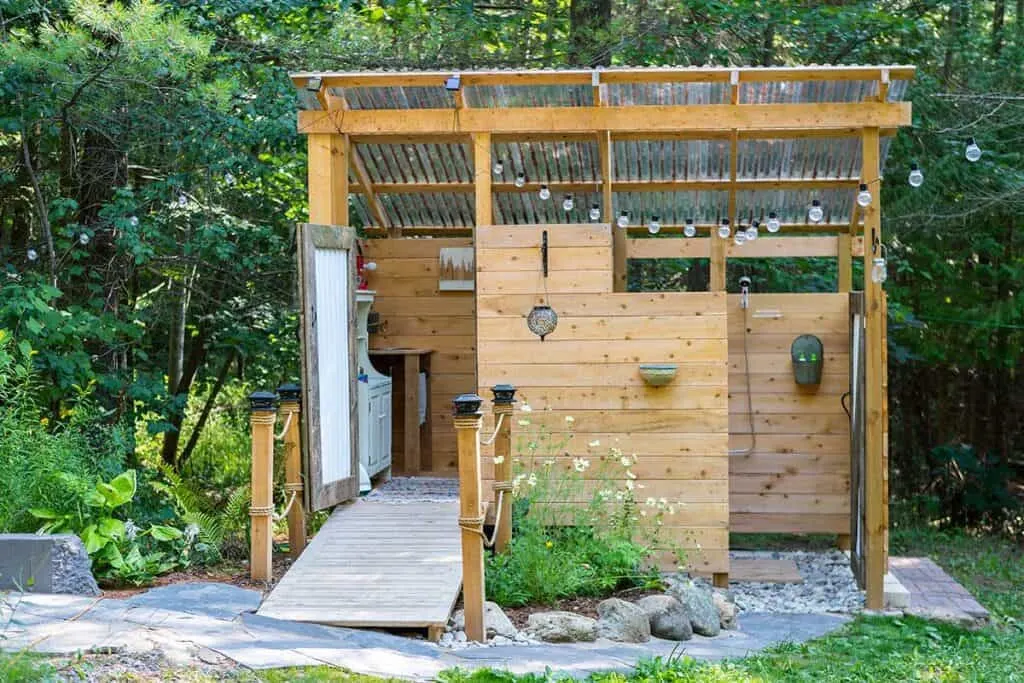
Greywater and Blackwater
There are two types of wastewater you’ll generate in your off grid home: greywater and blackwater.
Greywater is all wastewater except for water from toilets. It includes water from sinks, showers, washing machines, and dishwashers.
Greywater can usually be reused for other purposes around your property, so it’s a great resource for those looking to live eco-friendly and self-sufficient lifestyles. However, greywater can also contain harmful bacteria, so it’s important to take proper precautions when collecting and using it.
Blackwater is water from toilets. It should never be used on crops or for irrigation due to the high levels of pathogens it contains. Blackwater must be carefully treated before it can be disposed of or reused in any way.
Why treat greywater and blackwater separately?
You might think it would be easier to treat blackwater and greywater together by running them through the same treatment process. Why bother separating them? There are a couple of good reasons.
First, living off grid means being mindful of your resources and using them in the most efficient way possible. By treating greywater and reusing it for irrigation or other uses, you can save water that would otherwise go to waste while conserving the fresh water you would normally consume for those purposes.
Also, minimizing the amount of water that goes through your blackwater treatment system will result in longer life and less maintenance for your system.
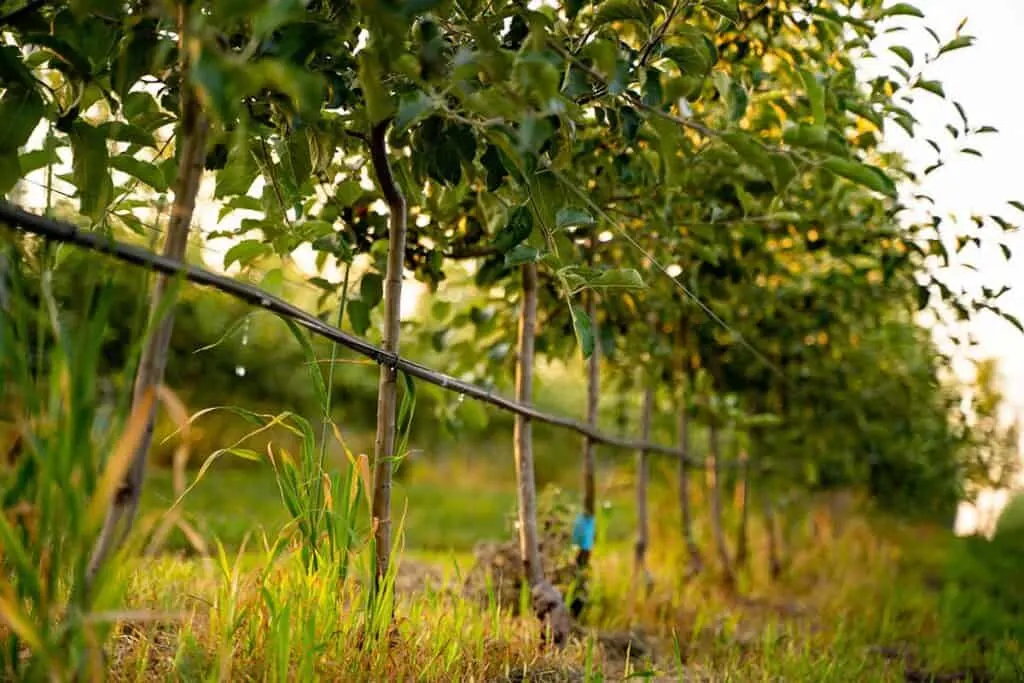
Greywater systems
There are many different ways to collect and treat greywater on your off grid homestead. The best grey water system for you will depend on the size of your home and your personal preferences. Some common ways to handle greywater include:
- Recycling greywater by diverting it to toilets instead of using fresh water for flushing
- Commercial systems that filter and store waste water for use around the property
- DIY filtration systems
- Draining water into a “biofilter” consisting of layers of sand, soil, and plants
- Using it directly on non-food plants around your homestead
It is generally recommended that greywater not be used for food plants in your garden, but it is perfectly ok for watering trees, decorative plants, pollinator gardens, and other non-edibles. And if you use the biofilter method near your garden, you add additional water filtering through the soil while providing underground irrigation to your plants.
See the video below for a great visual of how plants can effectively filter grey and blackwater.
If you are planning on using greywater, you should be mindful of what chemicals you put down your drain. Avoid bleach, chlorine, salts, borate, and any other toxins you wouldn’t want near your plants. Look for greywater-friendly brands like Mrs. Meyer’s for cleaning and personal care.
The video below shows a great 3-stage DIY greywater system:
Blackwater systems
Black water must be treated more thoroughly and carefully than greywater, and there are a few different ways to do it. Some common off grid blackwater treatment systems include:
- Septic systems
- Aerobic sewage treatment systems
- Composting toilets
Septic Systems
A septic system is the most common waste management solution in rural areas where homes are not connected to a central sewer system.
Septic systems treat wastewater using bacteria that break down organic matter in the water. The treated water then flows into a leach field, where it is further filtered by the soil before returning to the groundwater table.
Septic systems typically consist of four main parts:
- A pipe that moves wastewater from the home to the tank.
- The septic tank, typically made of concrete, fiberglass, or plastic. This is where the initial treatment of wastewater takes place. The tank holds the water until solids settle to the bottom and effluent (liquid) floats to the top. Bacteria in the tank break down the solid waste, and the effluent flows through a series of perforated pipes into a leach field.
- The leach field, or drainfield, where treated wastewater is filtered by the surrounding soil.
- The soil below the drainfield, which acts as a final filter as water makes its way back into the groundwater system.
While septic tank systems can be a bit of an investment upfront, they are generally low maintenance and can last for decades with proper care.
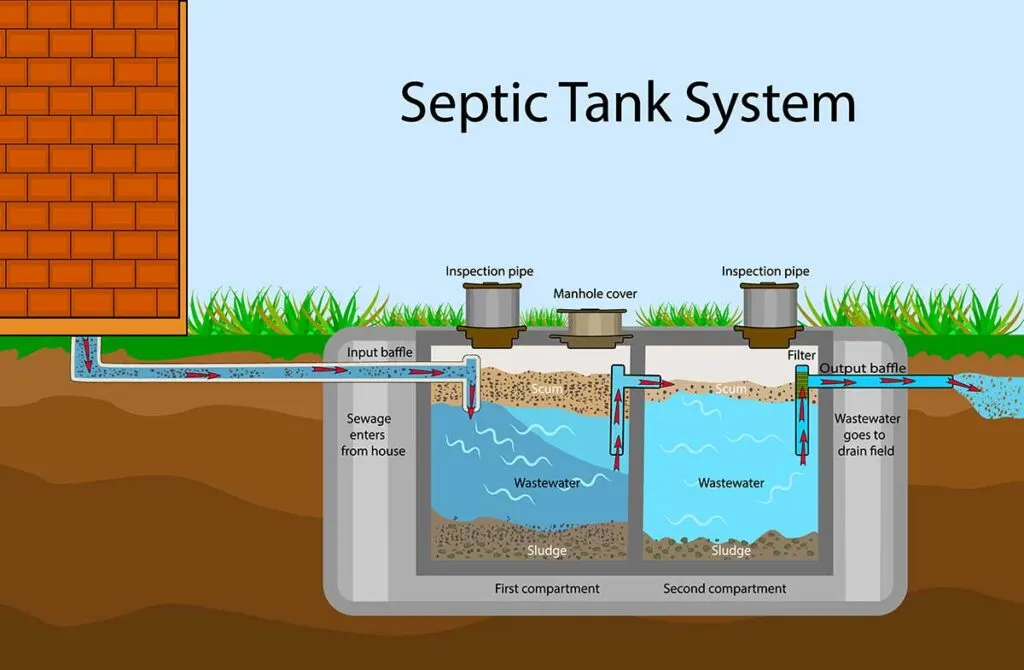
A septic system should be inspected every 1 to 3 years to ensure the system is working properly and should be pumped out every 3 to 5 years to remove the sludge that has accumulated at the bottom of the tank.
Failure to properly maintain a septic tank system can cause raw sewage to back up into your house. Care should also be taken to keep septic tanks free of debris that won’t break down. Toilet paper is fine, but items like paper towels, diapers, and feminine products should never go into a septic system.
If you live in an area with high water tables or poor drainage, a septic system might not be your best option because the leach field needs to be above the water table to work properly.
If there is inadequate drainage due to the landscape or soil type, the leach field could become overwhelmed and fail, resulting in untreated wastewater leaching into the groundwater. Not only does this contaminate your drinking water, but it also creates an environmental hazard.
Aerobic sewage treatment systems or composting toilets are a better alternative in cases where a septic system is not ideal.
Aerobic Sewage Treatment Systems
An aerobic sewage treatment plant is similar to a septic system but uses oxygen and bacteria to break down organic matter in wastewater so that it can be safely discharged into the environment. This entire system is usually enclosed in one large tank and does not require a drain field, so it is often used in areas without adequate space for a traditional septic system and in places with poor drainage.
The additional oxygen in aerobic systems results in faster waste processing than septic systems and less sludge buildup. Aerobic systems also usually produce very little odor during treatment. This type of system essentially entails the same processes as a municipal sewage plant but on a much smaller scale.
Some aerobic treatment plants may have a pretreatment and/or a final treatment tank, in addition to the main tank, with disinfection to reduce pathogen levels even more.
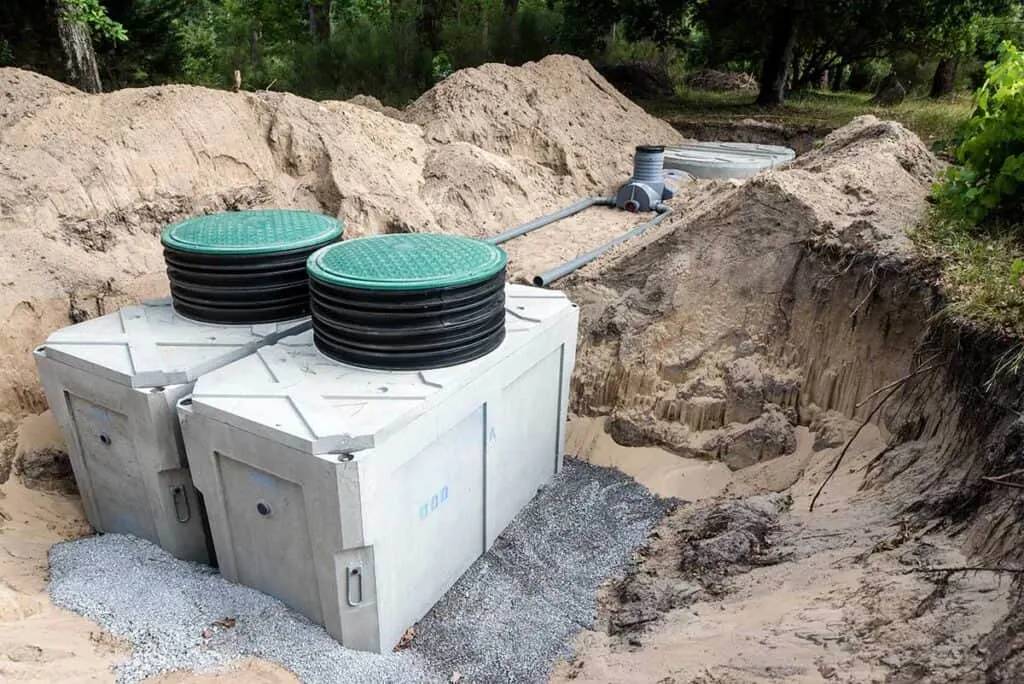
While they have many benefits, aerobic systems require more maintenance than septic systems to ensure all parts work effectively.
Composting Toilets
A composting toilet is an environmentally friendly alternative to traditional flush toilets. Rather than flushing human waste away with potable water, composting toilets use aerobic decomposition to break down waste into usable compost.
A compost toilet can be as simple and cheap as a toilet seat placed on a bucket filled with sawdust or as complex and expensive as a self-contained unit with an electrical fan and leachate tank.
The main advantage of composting toilets is that they do not require water to operate. This makes them a good option for off grid living, as well as for areas with water shortages or poor drainage. They are also ideal for tiny houses, RVs, sprinter vans, and other homes where traditional sewage treatment methods might be impossible.
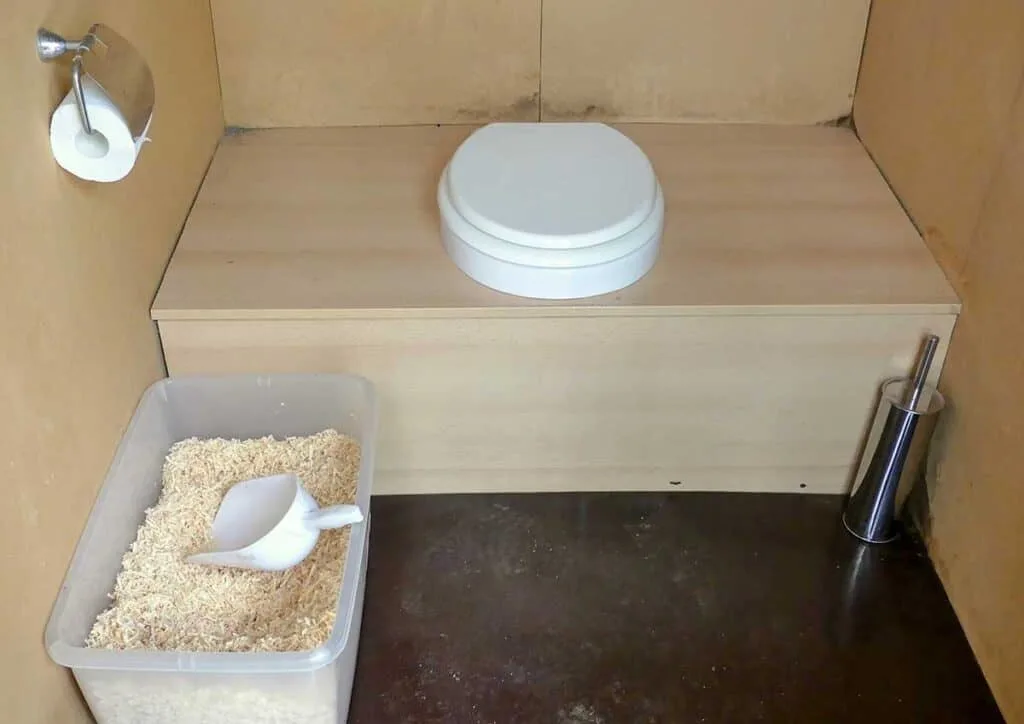
Composting toilets also provide a way to recycle human waste back into the environment rather than flushing it away. If using a bucket and sawdust – the simplest method – solid waste is layered with sawdust until the bucket is full and dumped onto a compost heap. Over time, the waste and sawdust will break down into usable compost.
Most commercial composting toilets have two chambers: one for solid waste and one for liquid waste. The solid chamber is where the decomposition takes place. This happens more quickly and efficiently than the bucket method, and typically with no odor.
Depending on usage, the solid chamber will need to be emptied every few weeks. The liquid chamber collects urine, which can be safely dumped on your property when it’s ready to be emptied.
Nature's Head self-contained composting toilet is lightweight, odorless, and compact, perfect for a tiny home, cabin, or RV.
Composting toilets are one of the best ways to handle sewage when you want to get off grid quickly and easily, or as a temporary solution while you wait for a septic system installation.
Zoning and Restrictions
No matter your sanitation system preferences, you might be required to install a septic system on your off grid property if your local ordinances do not allow other treatment options. This is why the very first step in your planning should be to check with your local zoning office. Every municipality has different requirements, so you shouldn’t get too invested in a particular system before inquiring about rules and regulations in your particular area.
The type of sewage system you can install might also depend on ecological factors. For example, if your property is in an environmentally sensitive area, such as near a body of water, you could be required to install an aerobic system instead of a traditional septic system with a drainfield. Some areas might also require you to have a professionally installed system rather than building one yourself.
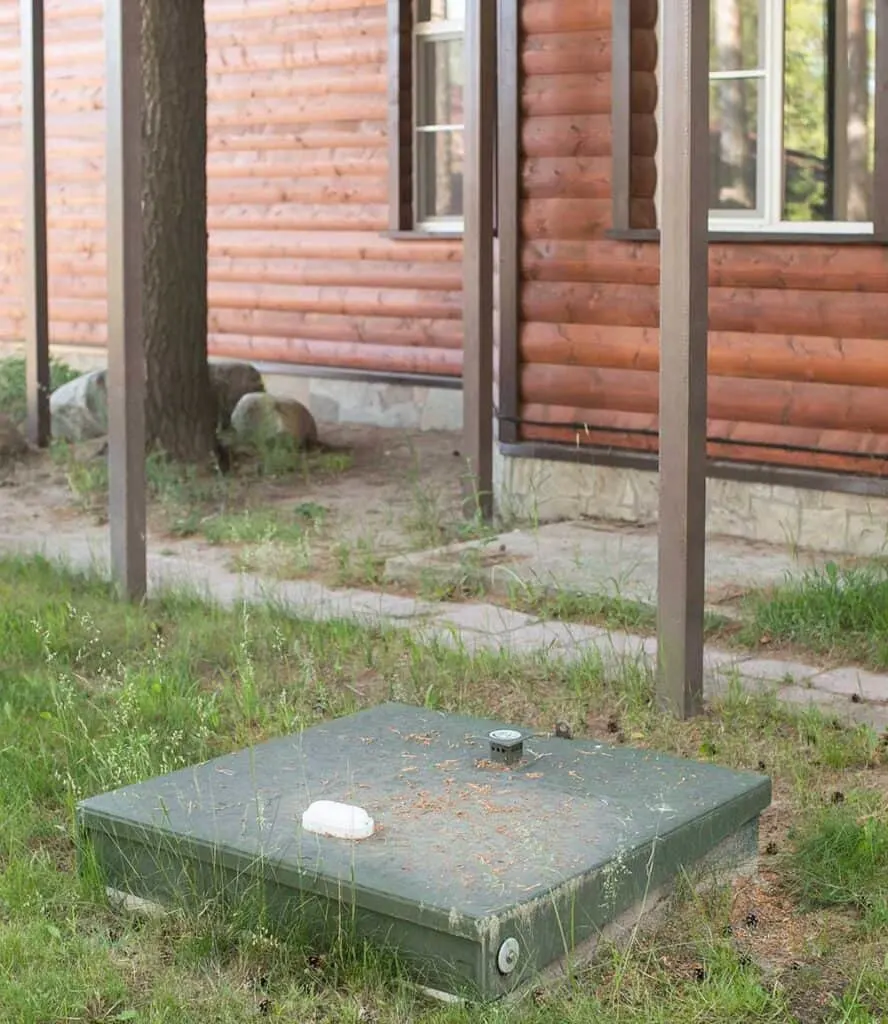
You should also be aware that some types of systems, such as leach fields and seepage pits, can contaminate groundwater if not installed and maintained properly. It is essential to understand the ins and outs of the system you choose and how to properly maintain it before installing it.
What’s the right wastewater system for you?
As you can see, many different options for managing waste when living off the grid exist. The best solution for you will depend on your circumstances, your type of home and land, and your local regulations.
Before making a final decision, you’ll need to consider how much water your household will use and how much resulting wastewater you will produce. You will also want to keep your home’s water source in mind and whether or not you’ll want or need to reuse greywater around your property for irrigation or other applications.
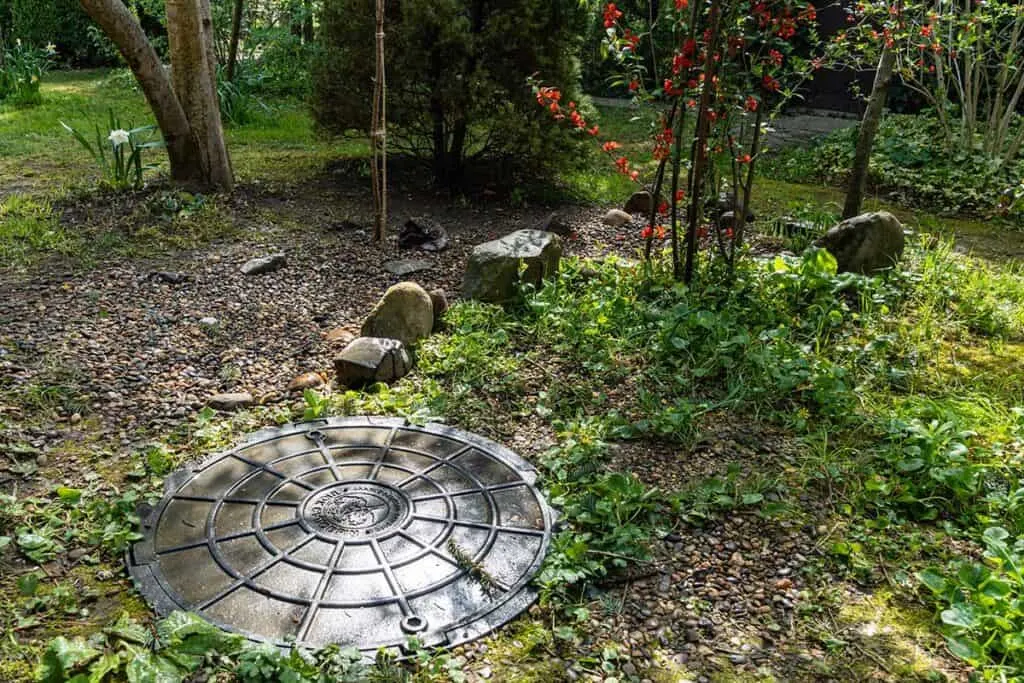
Whether you opt for a septic system that reuses greywater, a simple composting toilet, or a combination of several systems, with some knowledge and preparation, you can set up an effective and efficient solution for managing your household wastewater while conserving valuable resources in your off grid home.
Do you already live off grid? What wastewater treatment system have you found works best? Let us know in the comments!

